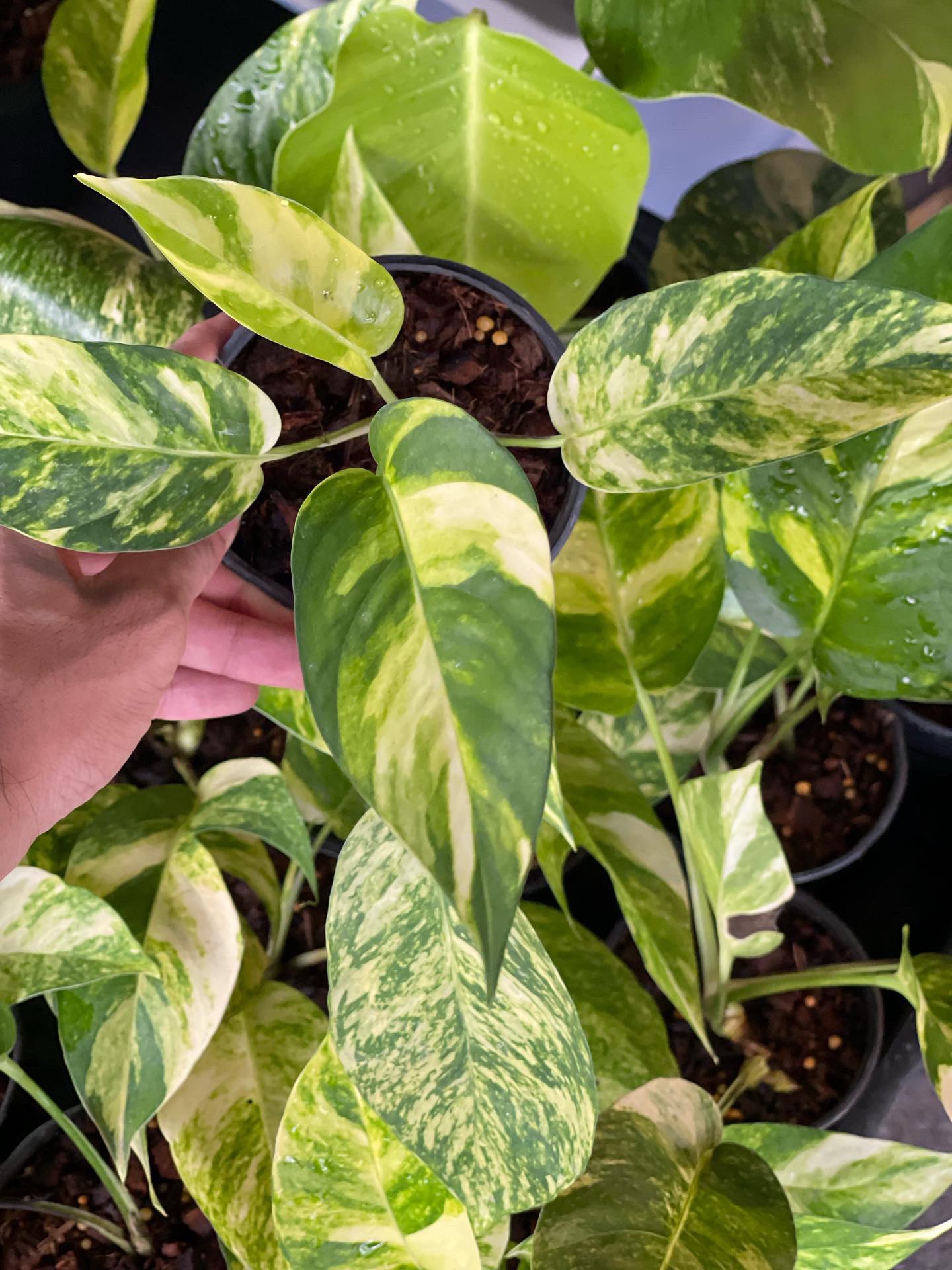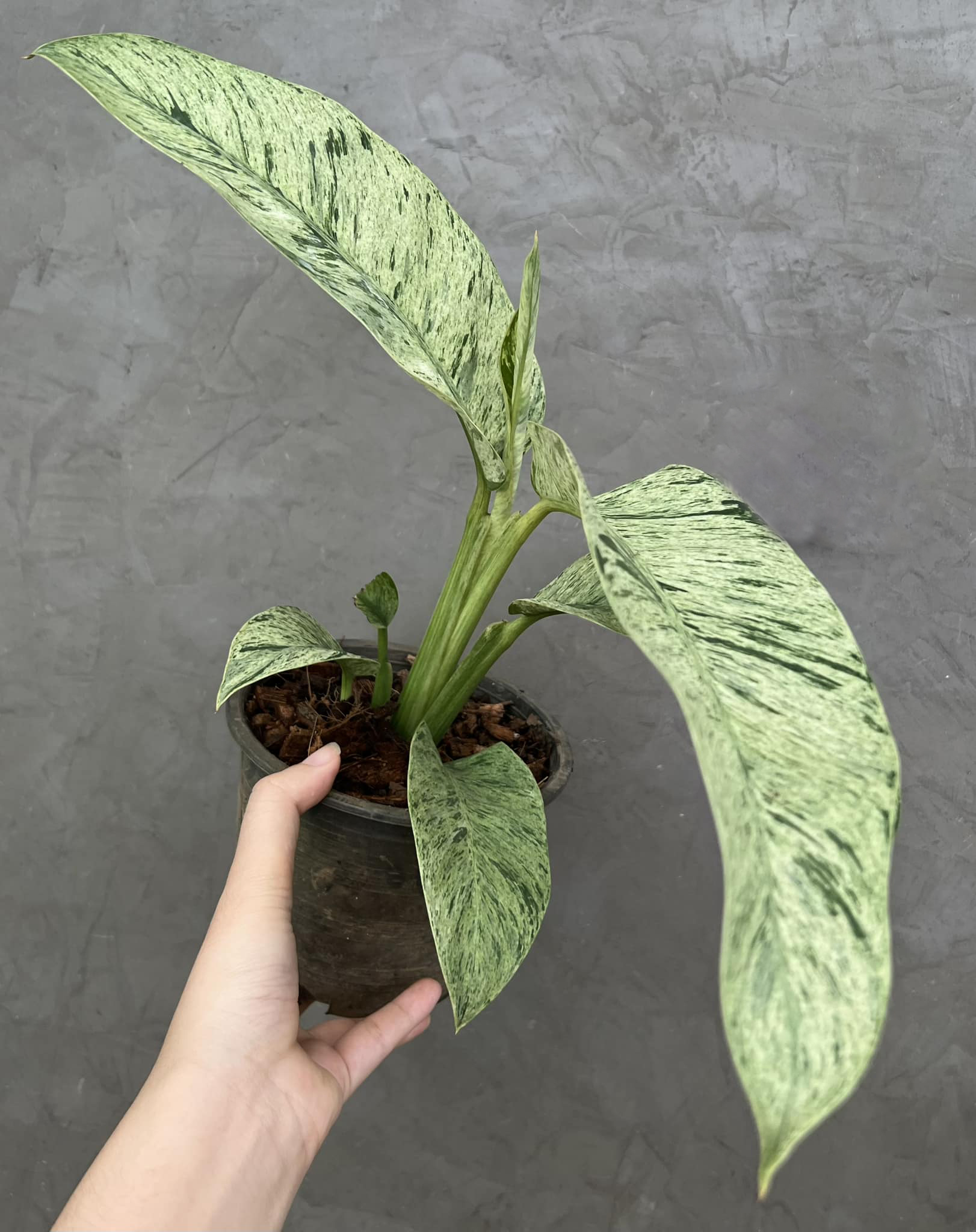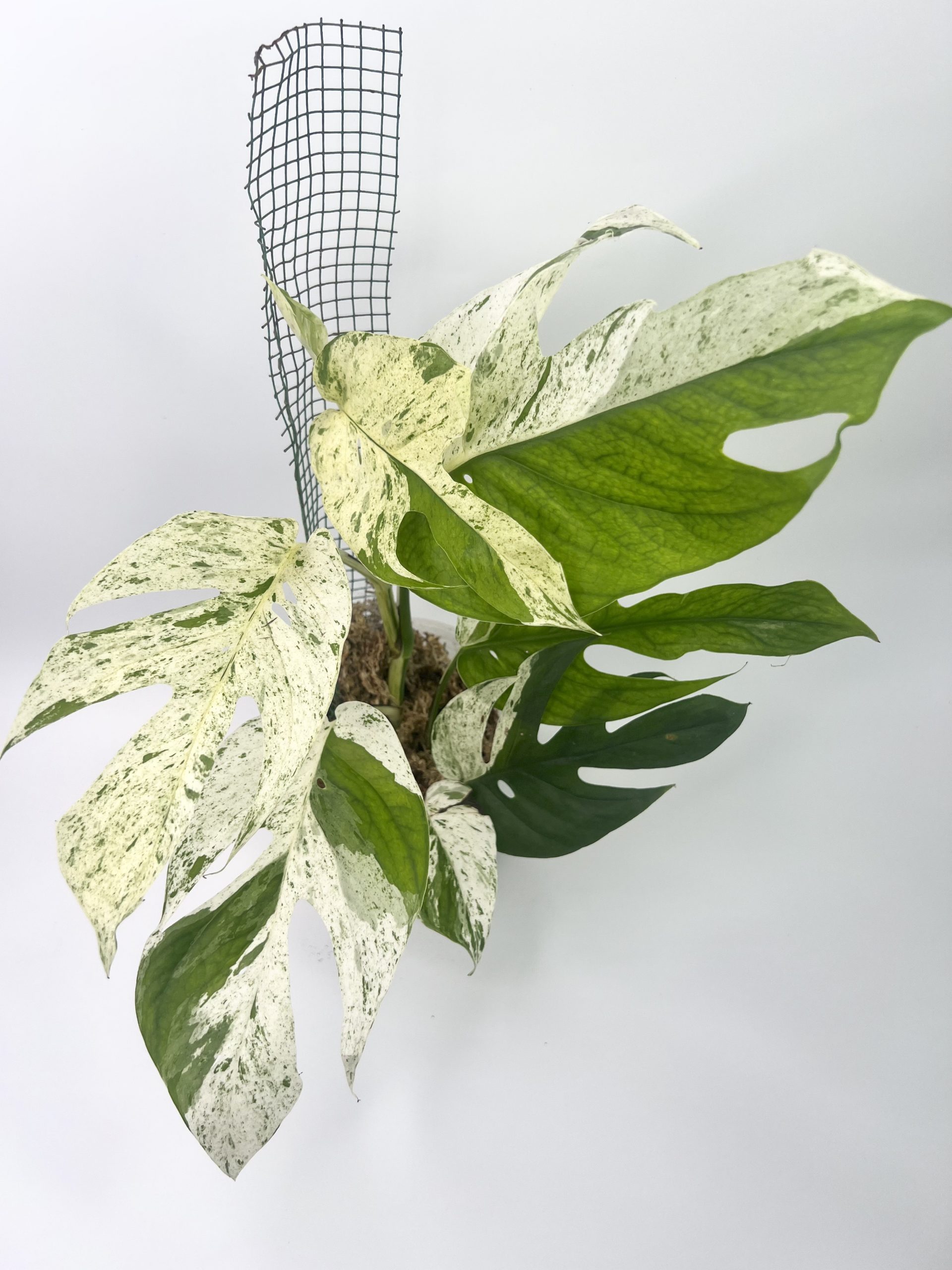Epipremnum, commonly known as Pothos or Devil’s Ivy, is a popular houseplant known for its easy care, trailing vines, and variegated leaves. But can it be grown outdoors as well? This article explores whether Epipremnum does better indoors or outdoors.

Light Requirements
Indoors
Epipremnum thrives indoors with bright, indirect light. Place it near an east, west, or north facing window where it will get good ambient brightness but avoid harsh direct sun rays. Indoors, provide at least 4-6 hours of bright daylight for the plant each day. With insufficient light indoors, the plant’s leaf variegations will fade and leaves can become smaller. Rotating the plant occasionally encourages even growth on all sides. Grow lights can supplement natural light if needed.
Outdoors
When grown outdoors, Epipremnum prefers partial shade locations. Dappled sunlight under trees or shrubs is ideal. While a few hours of morning or late afternoon sun is tolerated, prolonged midday sun will scorch the leaves. After transitioning the plant slowly over 7-10 days, sites with 2-6 hours of outdoor sunlight suit it well. More shade is needed in hot climates. Dappled light ensures adequate brightness for growth while preventing leaf burn.
Temperature Tolerance
Indoors
Indoors, Epipremnum thrives in average room temperatures between 60-80°F. Keep it away from cold drafts or hot radiators to avoid temperature extremes. As a tropical plant, it prefers warm and balmy indoor conditions year round. During colder months, ensure the ambient temperature does not drop below 55°F which can slow growth. Monitor for pests like spider mites which may appear if the air becomes excessively dry.
Outdoors
When situated outdoors, provide Epipremnum temperatures between 65-90°F during the active growing season. Temperatures on the warmer end of this range allow faster growth. During the winter dormant season, it can tolerate slightly cooler temps between 55-65°F at the lowest. Extreme cold below 30°F can damage the vines and foliage so growing it as a seasonal annual in frost prone regions is recommended. Bring plants in containers indoors before first frost.

Watering Needs
Indoors
Indoors, water whenever the top 1-2 inches become dry. Epipremnum prefers consistently moist but not soggy soil. Water thoroughly until it drains freely from the holes at the bottom then discard any excess water in the saucer. Allow the soil to partially dry out before watering again. In brighter light or warmer temperatures, more frequent watering is required. Reduce watering frequency in darker locations. Drooping leaves indicate under-watering while yellow leaves can mean overwatering.
Outdoors
Outdoors, water whenever rainfall is scarce for more than 5-7 days. Being native to tropical forests, Epipremnum enjoys frequent moisture much like that provided by natural rain. But it also handles short dry spells. Apply water until it flows through the drainage holes at bottom. For plants grown directly in garden beds, maintain an organic mulch layer to preserve subsurface moisture. Container plants may need daily watering during hot spells. Ensure excellent drainage with holes at container bottom to prevent soggy soil.
Fertilizer Needs
Indoors
When grown indoors, apply a balanced liquid houseplant fertilizer diluted to half strength every 2-4 weeks in the spring through fall. Discontinue fertilizer over winter months when light levels decline. Look for signs of nitrogen deficiency like yellow lower leaves or stunted vines as an indication to feed more often. But excess fertilizer can burn leaf tips brown or accumulate harmful mineral salts over time. Flushing soil annually with clean water prevents salt buildup.
“Explore the Exceptional 2023 Epipremnum Variegata Collection: A Curated Selection of the Rarest and Most Unique Varieties Available.”
Outdoors
Situated outdoors, fertilize every 4-6 weeks with either compost tea or balanced granular garden fertilizer scratched lightly into the soil surface. Apply extra feeding after repotting or pruning to support new growth flushes. Ramp down feeding as light intensity and temperatures wane in fall. Fertilize minimally or not at all through short dormant periods over winter in some climates. Resume more regular feedings when spring growth resumes. Monitor soil nutrition annually via testing to adjust formulations as needed.

Propagation and Growth Habits
Indoors
Indoors, Epipremnum exhibits vining growth, climbing readily up supports or trailing gracefully from high shelves or hanging baskets. Prune overlong vines as desired to contain size and promote bushiness. Take cuttings any time to propagate easily in water or potting mix. The vining habit helps remove air pollutants and allows good positioning to access ideal light conditions in a room. Growth slows in winter’s weaker light then accelerates come spring through summer.
Outdoors
Grown outdoors, allow Epipremnum to climb up arbors, trellises, trees, or other supports using its aerial rootlets or soft twisting stems. Alternatively, let vines meander freely as attractive groundcover. Prune anytime to shape or generate cuttings for propagation. Take cuttings in spring and early summer for best results outdoors. Remove faded flowers to reduce pesky seed pod litter. Being evergreen in warm zones, the vines add year-round greenery and color contrast to gardens. Cold winters spur dormancy and leaf drop until warm weather returns.
Susceptibility to Pests and Diseases
Indoors
Indoors, monitor for spider mites, mealybugs, and scale insects which can infest the leaves and stems if conditions become too hot, cold, or dry for the plant. Isolate and prune off affected parts early before pests spread widely. Treat using insecticidal soap mixed with distilled water to avoid leaf burn. Avoid moisture stress and provide adequate humidity around 50-60% to outcompete pests. Too much water can lead to fungal leaf spot diseases or root rot over time, mainly if drainage is poor.
Outdoors
When situated in gardens, outdoor pests like caterpillars, aphids, or whitefly may chew foliage or gather to feed on sap. Knock off or spray away insects using a strong jet of water. Apply neem oil or insecticidal soap solutions to deter larvae while minimizing harm to beneficials. Ensure surrounding plants are pest free before introducing. Fungal leaf diseases are mainly an issue in humid rainy periods. Allow leaves to dry out between waterings and prune off infected parts promptly. Mulch also reduces splash soil pathogen spread.
Conclusion
In summary, Epipremnum can adapt well to both indoor and outdoor growing conditions. Indoors it requires bright filtered light and average room temperatures year round. Outdoors it prefers shady spots protected from excessive heat and sunlight intensity. Both environments require irrigation during periodic dry spells but not overly wet soil. While pests and diseases can occasionally plague the foliage, taking preventative steps minimizes their impact. With its easygoing vining nature and variegated leaf patterns, Epipremnum makes an excellent houseplant or outdoor seasonal accent in the landscape. Adjust water, light, and fertilizer appropriately and both indoor and outdoor plants will flourish beautifully.

